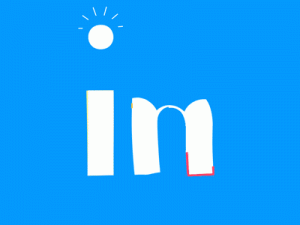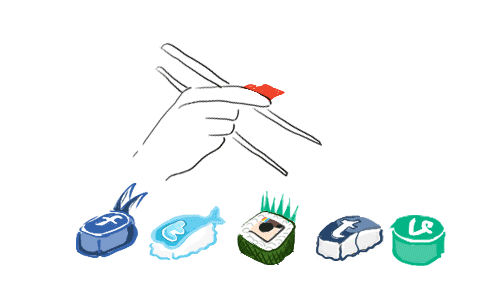Are you yet to use the time-tested PPC on social media platforms for the success of your business? Well, it’s a good idea to start NOW. But before you jump on the bandwagon, it’s important to have a plan in place.
Here’s a quick look at the important points.
Define your target audience
In general, whoever searches for relevant keywords is your audience. But for this purpose, you have to learn a lot more. What is their age? What are their likes and dislikes? What do they do? Where do they live? And lot more things. Isn’t it thrilling?
Identify your goal
You must not start with it just because everyone is. Discover why social PPC is essential for your business. Do you need to generate brand awareness? Do you want to engage more audience? Decide what results you want it to achieve. And once you identify your goal plan Social Media ads for you.
Determine the strategies
The next step is to chalk out a proper PPC plan for the social media channels you are active on. Some things work on some platforms while others don’t. Pay attention to this while you formulate your approach. Make sure you will try to gain maximum output from each Chanel you are focusing on.
Create specific segments
A business may cater to different sections of the audience. If yours is in a similar situation, you need to consider the creation of specific social PPC segments to focus on these separate sections.
For Facebook
Al ong with using Facebook custom audiences, take advantage of Facebook lookalike audiences. Creating a larger audience is a good thing, especially for making a successful social media campaign, and utilizing these two ways works wonders.
ong with using Facebook custom audiences, take advantage of Facebook lookalike audiences. Creating a larger audience is a good thing, especially for making a successful social media campaign, and utilizing these two ways works wonders.
Right side ads are still there, but they are hardly noticeable anymore. Instead, opt for sponsored posts in the newsfeed. This will be noticed by your target audience much easily than the right side ads.
A picture is worth a thousand words. And for Facebook, this is so true! Test all sorts of images for your sponsored posts to see which work best. And stick to similar ones; if they are good, they’ll capture your audience. While selecting images you also need to consider that Facebook Ads might not allow you to use more text on Images so choose accordingly.
For LinkedIn
 Use the targeting options to your advantage. Whether you are targeting a broad category of B2B companies or specific job titles and levels, this can work to your advantage. But keep in mind, targeting the decision-makers will be costly.
Use the targeting options to your advantage. Whether you are targeting a broad category of B2B companies or specific job titles and levels, this can work to your advantage. But keep in mind, targeting the decision-makers will be costly.
You have the choice of sponsored ads and sponsored updates for this platform. While you can opt for either, remember that sponsored updates show up on the newsfeed, and thus have better chances of engagement.
LinkedIn PPC is expensive when compared to what other platforms cost. While you may have to shell out $5 per click, the results are so worth it that most businesses treat it as a necessary expense.
For Twitter
 Again, you have a choice here; you can target either user accounts or keywords. Pick the one that aligns to your business purpose. If your target is B2C, opt for the one that is relevant to consumer content.
Again, you have a choice here; you can target either user accounts or keywords. Pick the one that aligns to your business purpose. If your target is B2C, opt for the one that is relevant to consumer content.
A lead generation card is an attachment in the form of a virtual ‘card’ that comes with a tweet. And with it, users can take any action, such as retweet or favorite, without leaving the platform, enhancing usability.
Cost for Twitter PPC is quite high too, as you have to pay for every engagement. This means not only clicks, but retweet, reply, follow, or even a click on the hashtags, images, links, and so on.
BTW did you tried any Social PPC Campaign and you want to add some more information about that?



The key to the social PPC is to reach your target audience by spending as less money as possible.